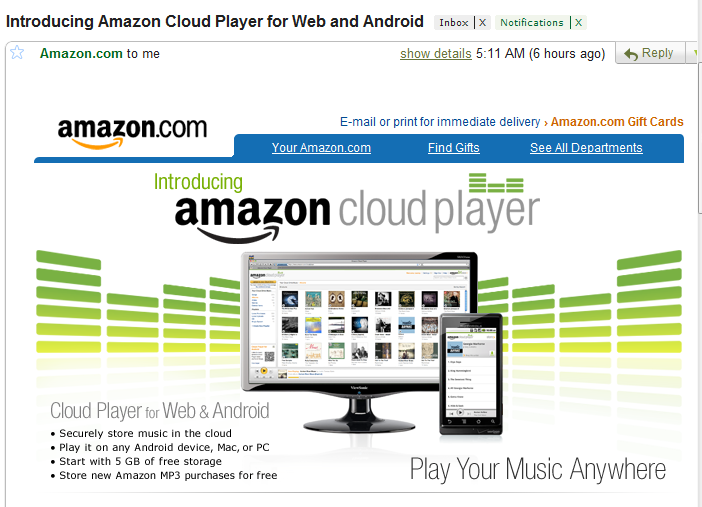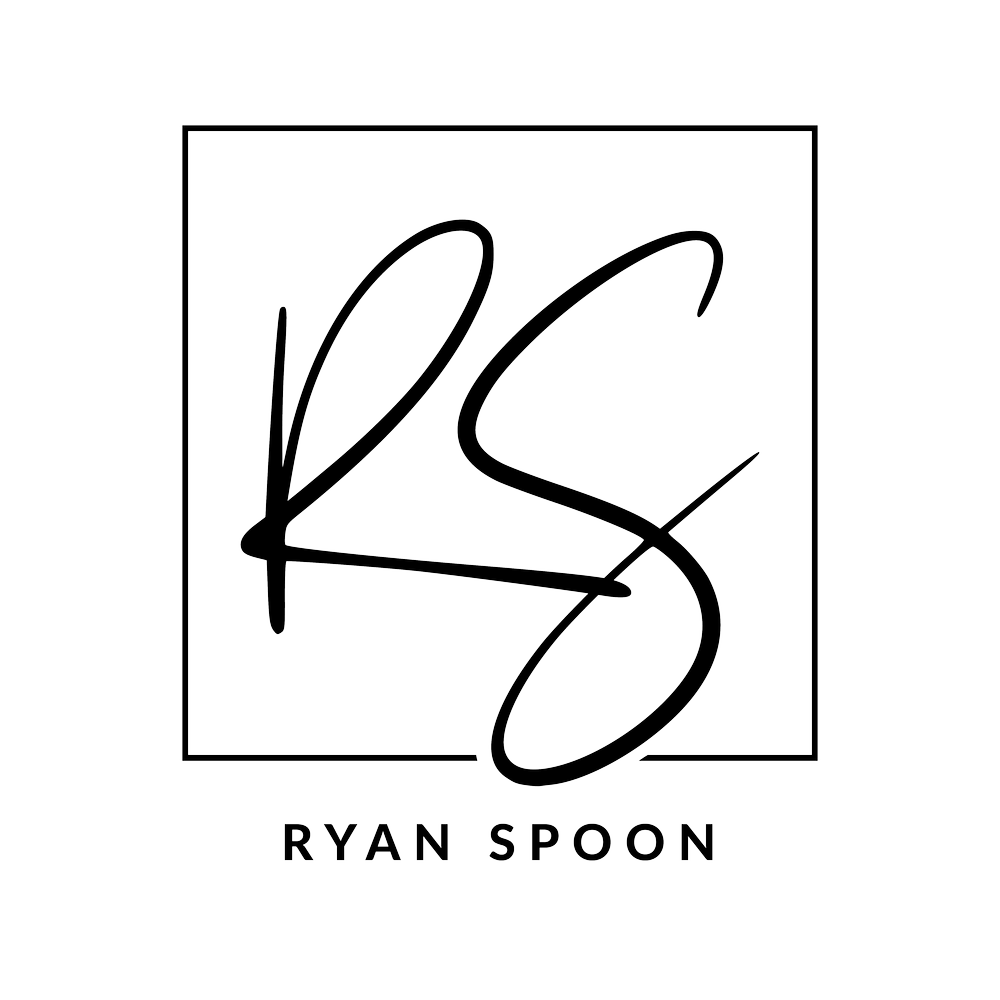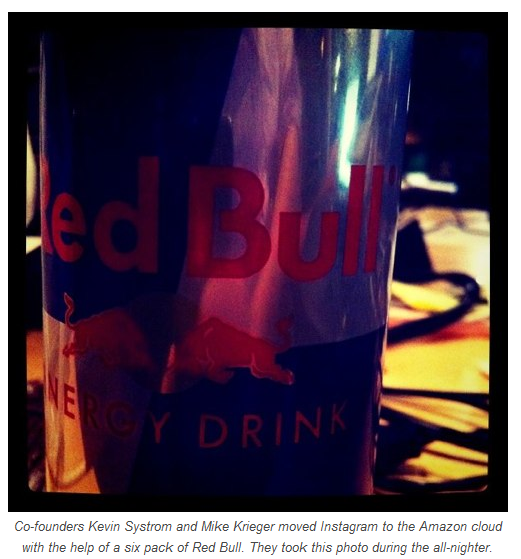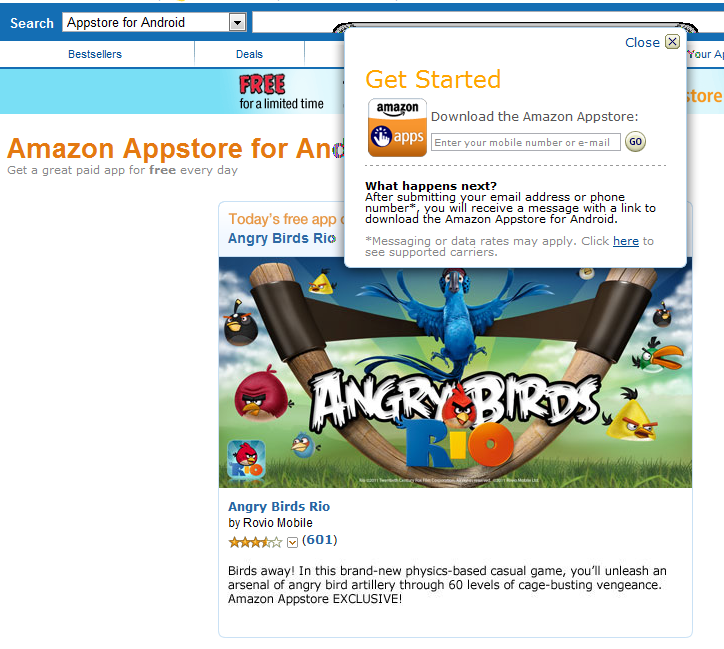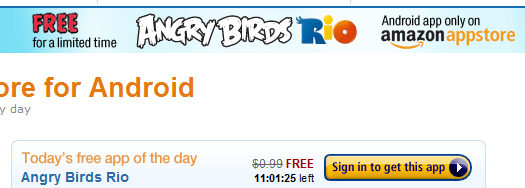I got my hands on an iPad 2 while at South by Southwest (SXSW) thanks to Apple's genius marketing: Apple constructed a temporary Apple Store that held almost-unlimited iPad 2 inventory to take advantage of the 20,000 techies in Austin. Genius.

So I've been using my iPad 2 for a week now. Here's my quick review in order of importance:
1. It is lightning fast.
Other reviews mention that the speed is noticeable but not meaningful or impactful. I totally disagree: it is the single biggest improvement. It affects everything from animations to content accessibility to tactile feedback (important on a touch device!). The most noticeable (and surprising) improvement is in typing. They keyboard is remarkably responsive and fast.
2. Facetime is terrific and the camera opens new possibilities.
This was the main reason I upgraded (after all, I did not expect the speed improvement to be so significant). I use Facetime daily for two purposes: first, it's how my family sees and interacts with our baby Dillon; and second, Facetime has become my preferred way to do telephone pitches. At this point, the majority of entrepreneurs I meet with are running on a Mac - so they can Facetime out to my computer, iPhone and iPad. Place the iPad on a stand and its a high-quality, enjoyable experience (far better than a regular phone call).
I am also excited about the crop of new applications and tools that will arrive on the iPad thanks to the cameras and increased screen real estate. Will be fun to watch.
3. The body is great.
Certainly not reason enough to upgrade, but it's a great device: thin, solid, light and generally sexy. Hard to describe why this is so delightful, but it feels great to hold and play with.
4. I love the case.
And an even worse reason to upgrade... but the case is awesome. First of all, the original iPad case was horrible: it was poorly produced, a little bulky, and was impossible to clean (this is important because it collected dirt so easily). In comparison, the new case is good-looking, clever, colorful and light-weight.


